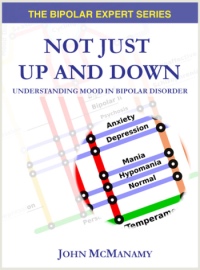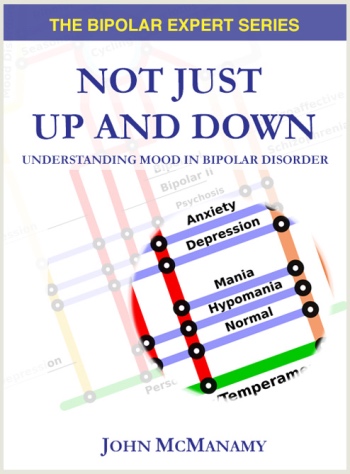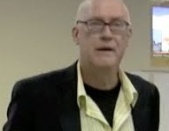Glia - The Other Brain Cell
 |
It's not a neurotransmitter. It's not a neuron. It's a - uh ...
|
Glia.There are essentially two types of brain cells, neurons and glia. Until a short time ago, it was thought that glia were to neurons what bubble wrap is to pottery. "Mind glue," is how German scientists described this lowly second banana, glia being derived from glue in Greek. Then researchers started taking a second look, and slowly but surely "the other brain cell" began picking up a bit of respect.
My New Book!

Purchase now.
The Glia's Quest for Recognition
The story begins in the early 1960s when scientists discovered that the cortices from rat pups living in enriched environments contained more glia per neuron than those from impoverished environments. Apparently, the more active cortical neurons required larger supporting casts. (Humans have higher glia to neuron ratios - about nine to one - than lower animals.)
As a general rule, we are stuck with the neurons we are born with, but glia divide and reproduce. But to think of neurons as essentially static and glia as dynamic is a gross over-simplification. It seems that glia play a vital role in the plasticity of neural networks.
Two decades following the rat pup investigation, four sugar cube-sized samples of Albert Einstein's brain arrived in the mail of one of the researchers, Marian Diamond PhD of the University of California at Berkeley. When Dr Diamond compared a slice of a cortical region associated with higher cognition with similar slices from 11 controls, she found Einstein fairly brimming with mind glue.
Sophisticated new imaging and listening technology ensured that the glia wouldn't be ignored during the decade of the brain. Our knowledge is far from complete, but what is beginning to emerge is a picture of glia in continuous dialogue with the neuron.
Astrocytes are a type of glia that surround the synapse (gap) between neurons. Synapses are the scene of neurotransmitter traffic. Of particular interest is the neurotransmitter glutamate, which binds to certain receptors on the target neuron and opens up channels in the cell membrane. This permits the passage of calcium ions that essentially announce to the chemical population inside that it's Saturday night. Through a complex set of chemical interactions, astrocytes can strengthen glutamate signaling by releasing glutamate on its own or weaken it by clearing this neurotransmitter from the synapse.
Glutamate (in concert with GABA) is essential to the regulation of mood, and when something goes wrong, glia can invariably be found at the scene of the crime or else on the lam. Various postmortem studies on human brains of individuals with major depression or bipolar disorder have detected lower than normal levels of glia in certain regions.
In an article in the 2003 book, "Glutamate and Disorders of Cognition and Motivation," Husseini Manji MD, then of the NIMH, et al paint a scenario showing how stress leads to more glutamate in the synapses of neurons located in the hippocampus. Sustained glutamate bombardment of certain receptors of the neuron results in excess calcium flow to the cell, already weakened by other stress-related events, resulting in atrophy and death. Neural networks start resembling withered plants unable to bloom, which may explain the true cause of our decidedly unrosy moods.
Since glia may also be a casualty, the neuron is effectively left defenseless.
In an article in the June 2004 Neuroscientist, Bernhard Mitterauer MD of the University of Salzburg proposes a neuronal-glial imbalance hypothesis to explain bipolar disorder. The basis of the hypothesis is a specific kind of astrocyte activity involving the release of a certain type of protein (glial BP) into the neuronal synapse. This protein binds to neurotransmitters, preventing them from reaching their intended targets.
When things go according to plan, argues Dr Mitterauer, a kind of equilibrium is achieved. But over or under-secretion may result in not enough or too many neurotransmitters reaching their targets, with predictable results. This phenomenon may also explain why circadian rhythms (including sleep) are disrupted.
In an article in the June 2007 CNS and Neurological disorders, Rajkowska and Miguel-Hidalgo make a case for the link between glial cell reduction and depression. This includes astrocyte deficit affecting glutamate/GABA neurotransmission. Also fingered are "oligodendrocytes," whose depletions have been detected in the amygdala and prefrontal cortices of individuals with depression.
S100B is a protein secreted by astocytes and oligodendrocytes. The protein plays a key role in influencing various cellular responses along the neuron's calcium-signal-transduction pathway. A review article by Matthias Schroeter et al in by the 2010 Cardiovascular Psychiatry and Neurology advances the argument that elevated blood serum S100B may act as a biological marker for mood disorders, a position supported by a meta-analysis of 193 individuals with mood disorders and 132 healthy controls.
Bubble-wrapping It Up
Glial cells service neurons in no end of ways, making the potential for messing up our minds virtually limitless. We also know that glia talk to each other, but we are only beginning to figure out what they may be saying. At least, after all these years, we're listening.
Oct 22, 2004, expanded and updated May 25, 2011
 |
More science articles. |




